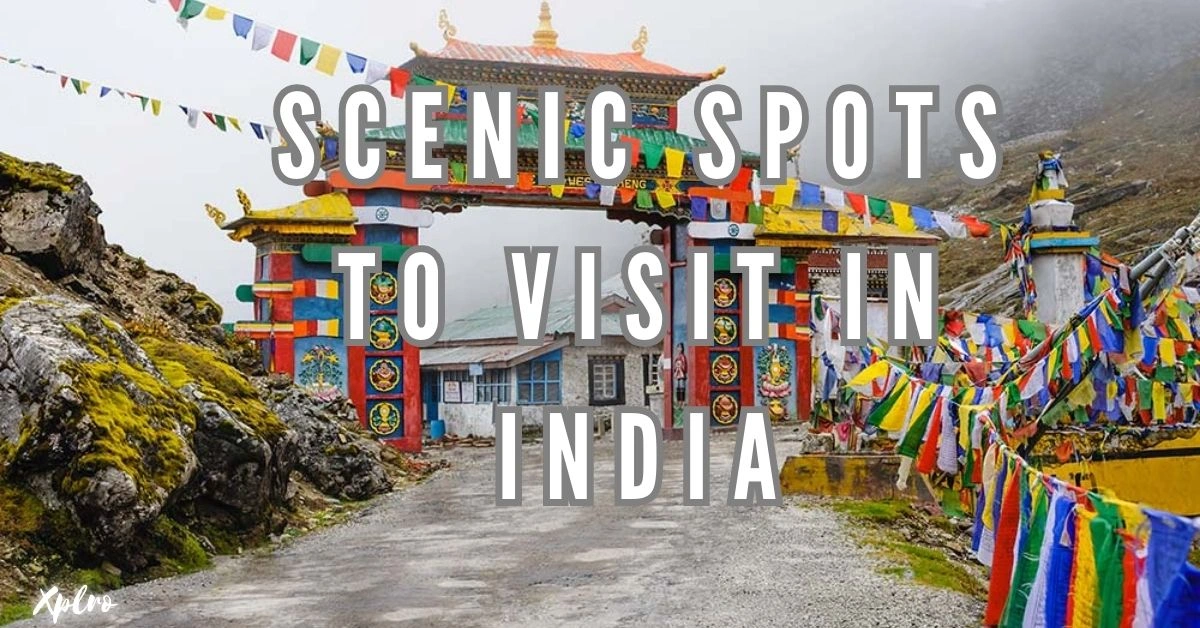Scenic Spots to Visit in India, a land of stunning beauty, boasts a diverse range of landscapes, from the majestic Himalayas to serene beaches and verdant forests. No wonder countless travelers are drawn to its scenic wonders. Here are the top 10 scenic spots that shouldn’t be missed on your Indian adventure:
- 1. The Majestic Himalayas, Himachal Pradesh and Uttarakhand
- 2. Backwaters of Kerala
- 3. The Desert Dunes of Jaisalmer, Rajasthan
- 4. The Pristine Beaches of Goa
- 5. The Serene Lakes of Udaipur, Rajasthan
- 6. Tea Gardens of Munnar, Kerala
- 7. The White Sands of Rann of Kutch, Gujarat
- 8. The Sacred Ghats of Varanasi, Uttar Pradesh
- 9. The Tranquil Valleys of Kashmir
- 10. The Lush Forests and Waterfalls of Meghalaya
- FAQs
1. The Majestic Himalayas, Himachal Pradesh and Uttarakhand
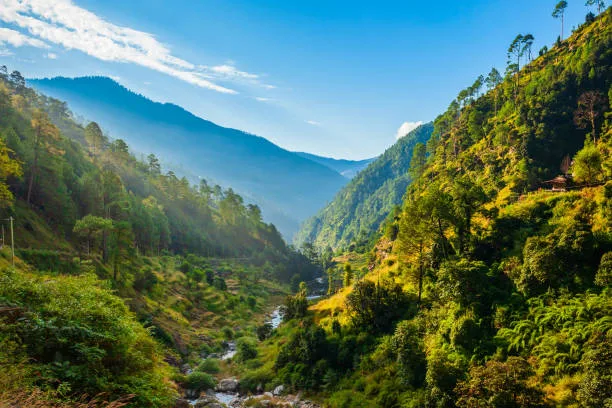
The Himalayas, a majestic mountain range in northern India, is a breathtaking sight. With snowy peaks, lush forests, and serene valleys, it offers something for everyone.
Shimla and Manali (Himachal Pradesh): These hill stations are famous for their beauty. In winter, you can ski on snowy slopes. The rest of the year is perfect for trekking through pine forests and enjoying stunning views.
Rishikesh and Mussoorie (Uttarakhand): Rishikesh, the yoga capital, is a spiritual haven. Mussoorie, the Queen of Hills, offers breathtaking views. Both places are great for adventure activities like river rafting and trekking.
Valley of Flowers (Uttarakhand): This UNESCO World Heritage Site is a colorful paradise. Between July and August, it’s covered in beautiful wildflowers. The views of the Himalayas are simply stunning.
Whether you’re an adventure enthusiast, a nature lover, or a spiritual seeker, the Himalayas has something special to offer.
2. Backwaters of Kerala
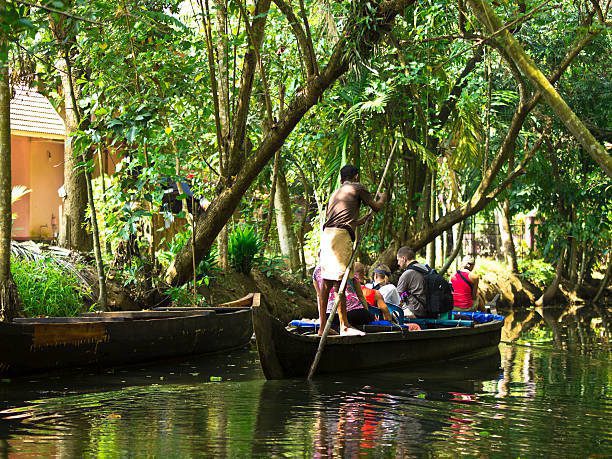
Kerala’s backwaters are a network of peaceful lagoons, lakes, and canals. It’s a beautiful place to relax and enjoy the tropical beauty of Kerala.
Alleppey (Alappuzha): This place is called the “Venice of the East.” You can take a relaxing houseboat cruise, enjoy delicious Kerala food, and see the daily life of the people living along the waterways.
Kumarakom: A quieter place than Alleppey, Kumarakom is perfect for birdwatching. It has luxurious resorts and offers stunning views of Vembanad Lake.
A houseboat cruise through Kerala’s backwaters is a great way to experience the natural beauty and rich culture of this amazing state.
3. The Desert Dunes of Jaisalmer, Rajasthan
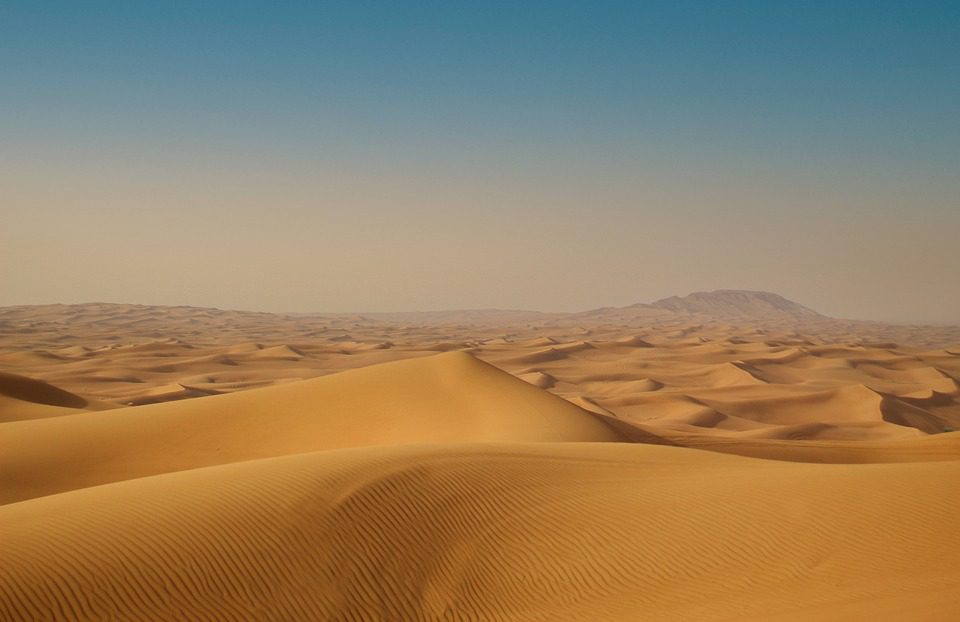
Jaisalmer, the Golden City of Rajasthan, is a place of stunning beauty and rich culture.
Sam Sand Dunes: These massive sand dunes are perfect for adventure activities like camel safaris and jeep rides. At night, you can enjoy traditional Rajasthani music and dance under the starry sky.
Jaisalmer Fort: This magnificent fort, a UNESCO World Heritage Site, is made of yellow sandstone. It looks amazing against the backdrop of the desert.
A trip to the Thar Desert is a chance to experience the unique beauty of the desert and immerse yourself in Rajasthan’s vibrant culture.
4. The Pristine Beaches of Goa
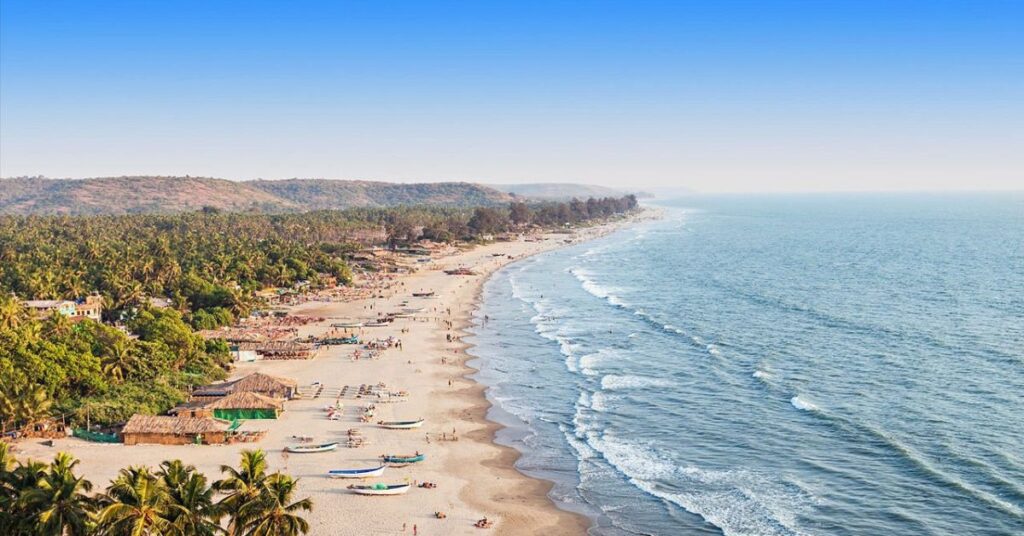
Goa, India’s sunny paradise, is a perfect mix of beautiful beaches, exciting nightlife, and Portuguese history.
Palolem Beach: With calm waters and palm trees, Palolem is great for sunbathing and water sports.
Anjuna Beach: This laid-back beach is famous for its weekly flea market and stunning sunsets.
Dudhsagar Falls: These amazing waterfalls, located on the border of Goa and Karnataka, are a must-see, especially during the rainy season.
Goa’s beaches offer something for everyone, whether you’re looking for a party or a peaceful getaway.
5. The Serene Lakes of Udaipur, Rajasthan
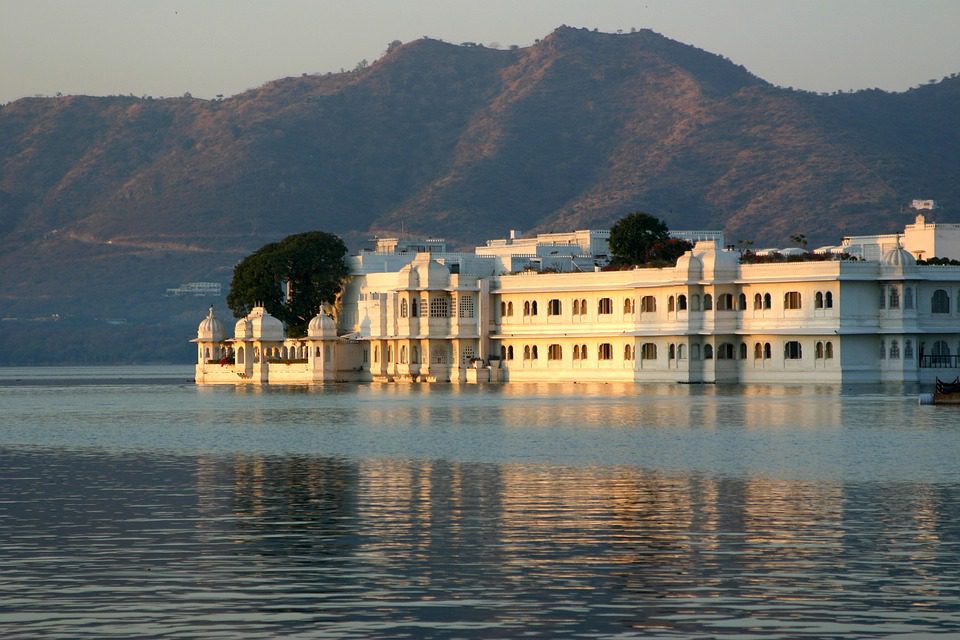
Udaipur, the City of Lakes, is a beautiful city known for its stunning lakes, grand palaces, and romantic atmosphere.
Lake Pichola: A boat ride on this lake offers breathtaking views of the City Palace, Jag Mandir, and the Aravalli Hills.
Fatehsagar Lake: This peaceful lake is surrounded by mountains and gardens, making it a perfect spot to relax and enjoy the beauty of Udaipur.
Udaipur’s lakes, with their historic architecture, create a romantic and picturesque setting, ideal for a romantic getaway.
6. Tea Gardens of Munnar, Kerala

Munnar, a beautiful hill station in Kerala, is famous for its vast tea plantations that cover the hills in lush green.
Kolukkumalai Tea Estate: This is one of the world’s highest tea plantations. You can enjoy breathtaking views of the Western Ghats and breathe in the fresh mountain air.
Eravikulam National Park: This park is home to the rare Nilgiri Tahr. It’s a great place for trekking and admiring the beautiful rolling hills.
Munnar’s tea gardens, with their misty hills and fresh air, are a peaceful escape for nature lovers and tea enthusiasts.
7. The White Sands of Rann of Kutch, Gujarat
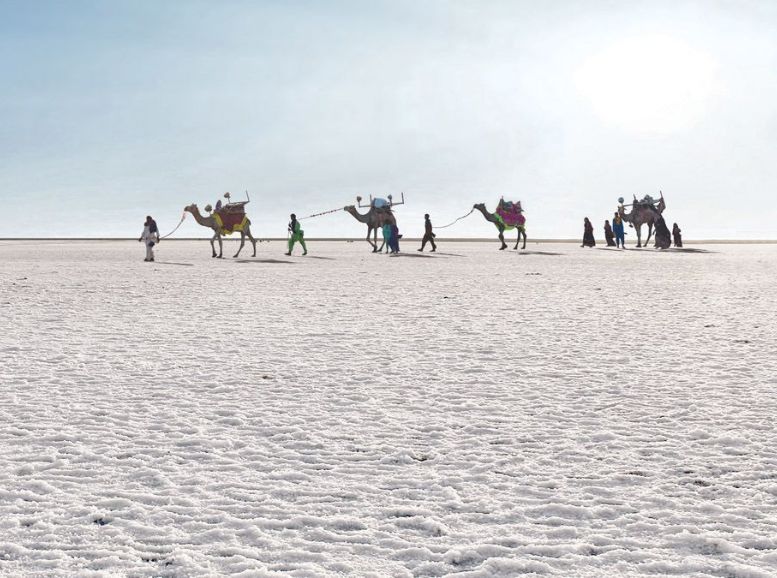
The Rann of Kutch is a vast salt desert that transforms into a stunning white landscape, especially during the full moon.
Great Rann of Kutch: During the Rann Utsav festival, this desert comes alive with cultural performances, camel rides, and local handicraft exhibitions.
Wildlife Sanctuaries: Explore nearby sanctuaries like the Kutch Desert Wildlife Sanctuary and Indian Wild Ass Sanctuary, where you can see unique desert animals.
A visit to the Rann of Kutch is a unique experience where you can witness the surreal beauty of India’s white desert.
8. The Sacred Ghats of Varanasi, Uttar Pradesh
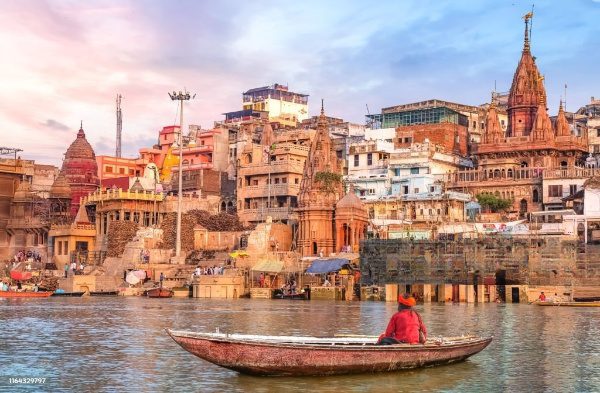
Varanasi, one of the world’s oldest living cities, is famous for its sacred Ganges River and the ghats where daily rituals take place.
Dashashwamedh Ghat: This is the most famous ghat. Every evening, a beautiful Ganga Aarti ceremony is held, where priests perform a prayer ritual with oil lamps to honor the river.
Assi Ghat: This is a quieter ghat where pilgrims come to meditate and perform morning rituals.
Varanasi’s ghats offer a glimpse into India’s spiritual heart, making it a deeply moving experience for those seeking cultural immersion.
9. The Tranquil Valleys of Kashmir
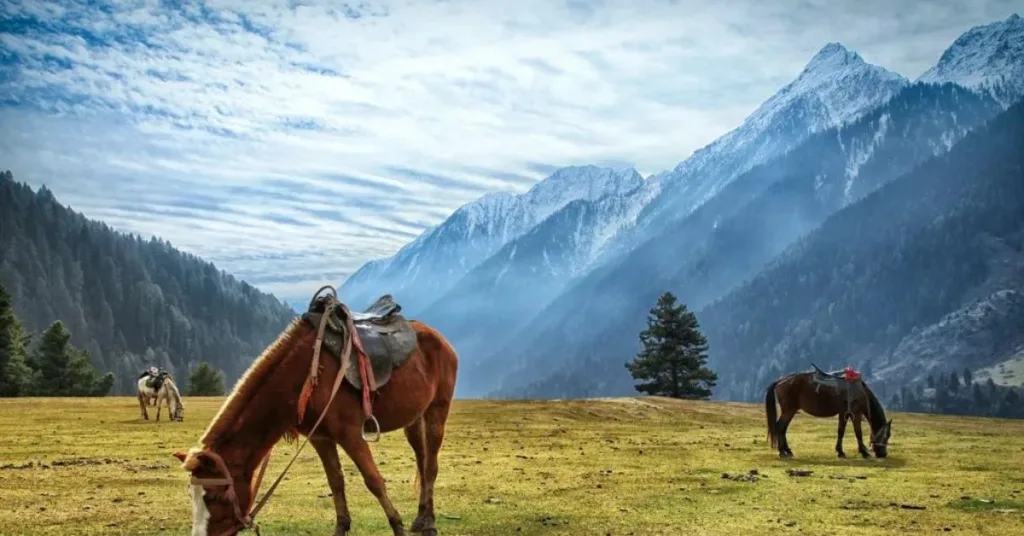
Often called “Paradise on Earth,” Kashmir’s valleys are known for their stunning landscapes, peaceful lakes, and snow-capped mountains.
Gulmarg: A popular destination for skiing and cable car rides, Gulmarg is covered in snow in winter and blooms with flowers in summer.
Dal Lake (Srinagar): Known for its houseboats and shikara rides, Dal Lake offers beautiful views of the Himalayan mountains and colorful floating markets.
Kashmir’s scenic valleys offer an idyllic setting that feels like stepping into a postcard, making it a must-visit destination for nature lovers.
10. The Lush Forests and Waterfalls of Meghalaya
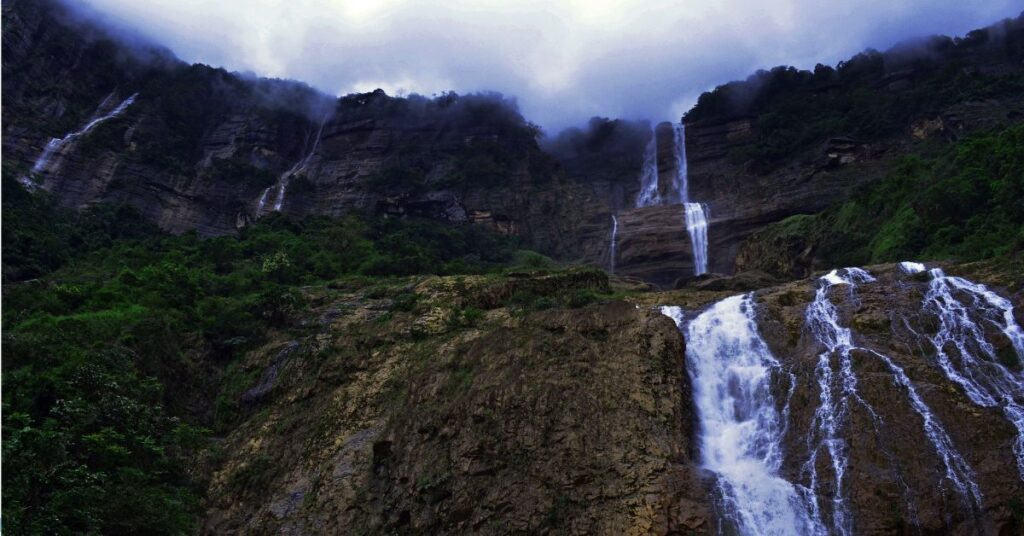
Known as the “Abode of Clouds,” Meghalaya is blessed with lush landscapes, stunning waterfalls, and unique living root bridges.
Nohkalikai Falls: This is one of India’s tallest waterfalls. It’s best to visit during the monsoon season when the falls are at their most impressive.
Mawsynram and Cherrapunji: These places are known as some of the wettest on Earth. They’re home to living root bridges and lush, rain-soaked landscapes.
Meghalaya’s mystical forests and waterfalls offer a unique and scenic experience, like exploring a hidden paradise.
Conclusion – Scenic Spots to Visit in India
India, a land of diverse landscapes and rich cultural heritage, offers a plethora of scenic destinations that cater to every traveler’s taste. From the snow-capped peaks of the Himalayas to the sun-kissed beaches of Goa, India’s natural beauty is unparalleled. Explore the vibrant cities of Delhi and Mumbai, immerse yourself in the spiritual ambiance of Varanasi, or embark on a serene houseboat cruise through Kerala’s backwaters. For adventure enthusiasts, there are trekking trails in the Himalayas, wildlife safaris in national parks, and water sports in coastal areas. Whether you’re seeking tranquility or adrenaline-pumping activities, India’s scenic wonders promise an unforgettable experience. Plan your dream vacation to India and discover the magic of its diverse landscapes.
FAQs
1. Is there a recommended time of year to visit India’s scenic destinations?
- The ideal time for a scenic journey through India varies by region. In the northern highlands, including the Himalayas and Kashmir, the best time is from October to March for those who love snowy landscapes and winter sports, while milder weather from April to June offers pleasant conditions for sightseeing and trekking. For deserts and heritage-rich areas like Rajasthan, the cooler months from October to March are most comfortable. Beach destinations such as Goa and Kerala come alive from November to February when skies are clear and temperatures are ideal for beachside relaxation. If Meghalaya and other northeastern locations are on your list, visit from October to May for beautiful weather, but avoid the rainy monsoon months from June to September.
2. What are the transportation options for reaching and traveling within these scenic spots?
- Travelers have several choices for getting around India’s scenic destinations. Domestic flights make it easy to hop between states, saving time when covering long distances. For a slower, immersive experience, India’s railway network connects many popular destinations, and scenic trains like the Darjeeling Himalayan Railway add a touch of nostalgia. For more freedom to explore, hiring a car with a driver or using taxis is a good option, especially in mountainous or rural areas. Buses are an affordable choice but can be crowded. If you’re planning to travel during peak seasons, booking trains and flights well in advance is recommended.
3. Should I consider hiring a guide to explore areas like the Himalayas or deserts?
- While guides are not always essential, they can greatly enrich your experience and offer added safety in certain places. If you’re trekking in the Himalayas or visiting remote northern regions, a guide can help you navigate challenging terrains and provide valuable local insights. Desert regions like Jaisalmer in Rajasthan often benefit from guides, especially if you want to arrange camel safaris or camp in the dunes. For cultural landmarks such as Varanasi or the royal palaces of Rajasthan, a knowledgeable guide can help you understand the historical and cultural significance of each site. Many tour companies offer guided services tailored to these locations.
4. What activities are must-try experiences in these scenic spots?
- India’s diverse landscape lends itself to a wide variety of activities. In the Himalayas, trekking, skiing (in destinations like Gulmarg), and meditation retreats are popular among nature lovers and adventure seekers. The backwaters of Kerala provide tranquil houseboat cruises, bird-watching, and spice plantation tours, allowing visitors to unwind while immersed in lush greenery. Goa’s beaches offer everything from water sports and sunset cruises to savoring fresh seafood at beachside shacks. Rajasthan’s deserts invite you to experience camel safaris, cultural performances, and the beauty of star-studded desert nights. These unique activities ensure that travelers can find experiences that suit their preferences and travel goals.
5. What types of accommodation can I expect?
- India provides a wide range of accommodation options that cater to different tastes and budgets. Luxury resorts are common in scenic areas like Kerala’s backwaters, Goa’s beaches, and the romantic city of Udaipur, where visitors can enjoy high-end amenities with stunning views. Rajasthan has unique heritage hotels and boutique havelis that transport you back in time, offering royal treatment and architectural beauty. Eco-resorts and guesthouses in regions like Kerala and the Himalayas focus on sustainable practices and are ideal for those who want to connect with nature. Homestays are a budget-friendly option across many regions, allowing you to experience local culture firsthand. Since these accommodations can fill up during peak seasons, it’s wise to book ahead.
6. Is solo travel safe in these scenic destinations?
- India’s scenic destinations are generally safe for solo travelers, but it’s still important to take a few safety measures. Staying in reputable accommodations, avoiding secluded areas at night, and keeping friends or family informed about your travel plans are good practices. Women traveling solo may find it beneficial to join group tours in remote or rural areas and to dress modestly to blend in better. Many scenic regions like Kerala, Goa, and Rajasthan are accustomed to hosting solo travelers, and locals are often welcoming and helpful.
7. What should I pack for these varied landscapes?
- Packing the right items can make your trip much more enjoyable. For the Himalayas and northern hill stations, layered clothing, jackets, and thermals are essential during winter, while comfortable trekking clothes are a must for summer trips. In Rajasthan’s desert regions, breathable clothing, sunscreen, and a wide-brimmed hat are helpful to stay cool. For beach areas like Kerala and Goa, lightweight clothing, swimwear, and sandals are perfect. Don’t forget essentials like insect repellent, a reusable water bottle, and sturdy footwear, as well as region-specific needs like warm wear for cold regions or light layers for humid areas.
8. Are there any cultural etiquette tips I should keep in mind?
- India has a rich cultural heritage, and respect is a central part of its traditions. When visiting religious sites or rural areas, it’s respectful to dress modestly, covering your shoulders and knees. It’s customary to remove your shoes before entering homes or temples. While eating or exchanging items, use your right hand, as it’s traditionally considered more respectful. Even a small effort to follow these customs—like greeting locals with a simple “Namaste”—is often appreciated and can enrich your interactions.
9. How can I find authentic dining experiences at these destinations?
- Exploring regional cuisines is an exciting part of any trip in India, and each area has its specialties. Kerala’s backwaters are known for fresh seafood and dishes like appam with stew, along with traditional toddy. Goa’s coastal influence is seen in its fish curry, vindaloo, and the unique Goan dessert, Bebinca. The Himalayan regions have comforting fare like momos, thukpa (noodle soup), and locally-made cheese. For the best experiences, look for local eateries or ask locals for recommendations to sample authentic flavors.
10. Are there any environmental practices I should follow when visiting?
- Many of India’s scenic areas are ecologically sensitive, so sustainable practices are encouraged. Avoid single-use plastic by bringing a reusable water bottle and minimizing waste. Respect wildlife by observing from a distance, especially in national parks and sanctuaries. In the Himalayas and other natural areas, stay on marked trails to help preserve the environment. Supporting local eco-friendly initiatives is a great way to contribute to conservation efforts, and many tour operators now offer environmentally conscious options.
11. Do I need special permits for certain scenic areas?
- Some regions require special permits, especially for foreign visitors. For example, areas in Ladakh and Sikkim have restricted zones where permits are mandatory. Similarly, entry permits are required for some national parks and reserves, often available at park entrances or through local tour agencies. It’s best to check the requirements for your planned destinations in advance, as different rules may apply to Indian and foreign tourists.
12. What are some recommended souvenirs to take home from these scenic destinations?
- Each region in India is famous for its unique crafts and souvenirs. Rajasthan offers vibrant textiles, jewelry, and hand-painted pottery. Kerala is known for spices, coconut-based products, and Kathakali masks. Goan souvenirs include cashew nuts, coconut crafts, and regional artworks. By purchasing from local markets or government-recognized emporiums, you can find authentic items while supporting local artisans.




